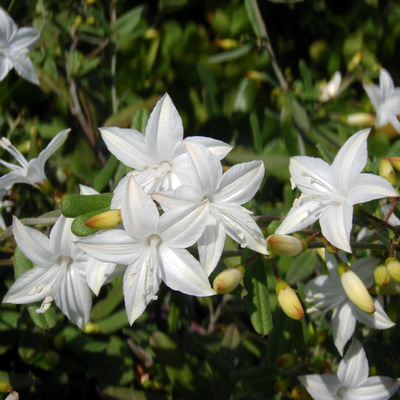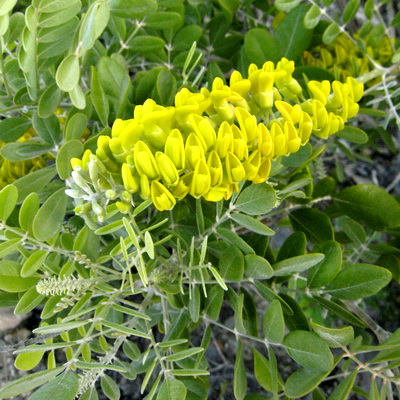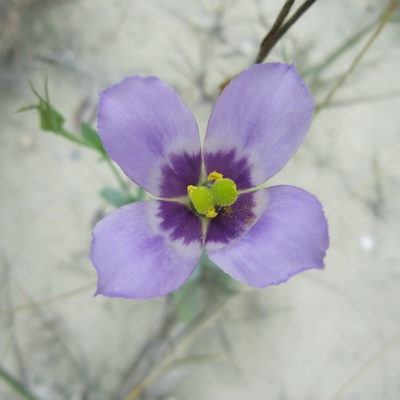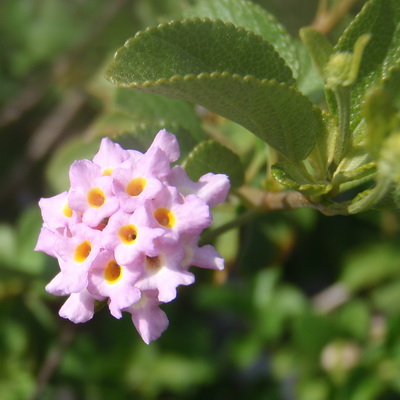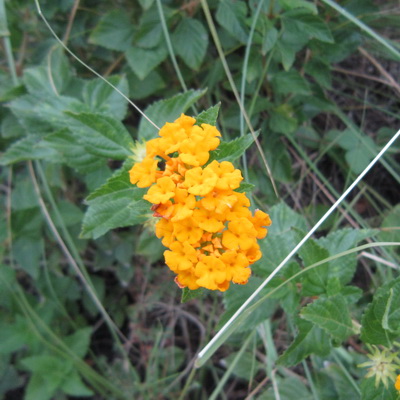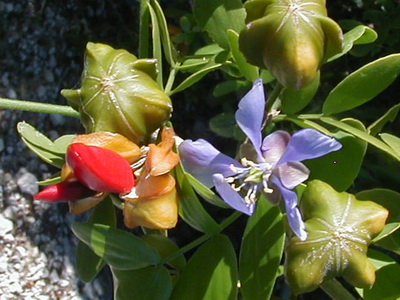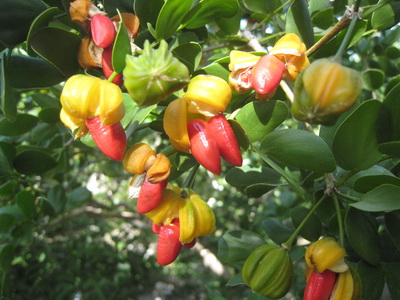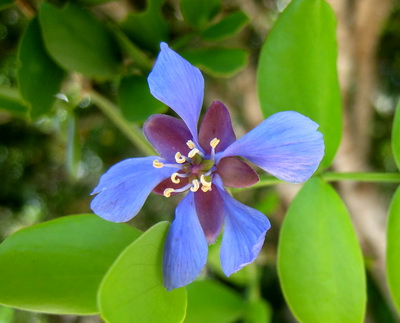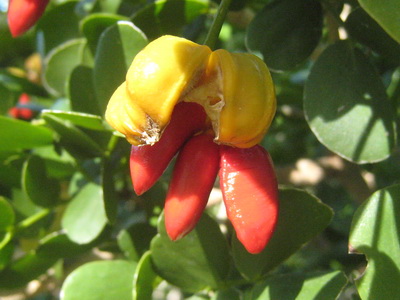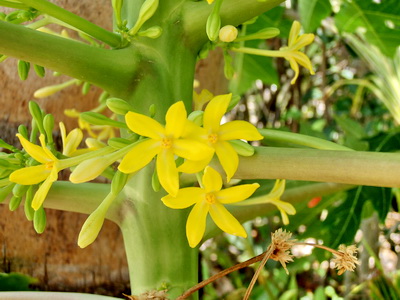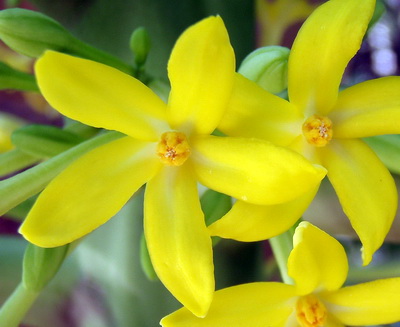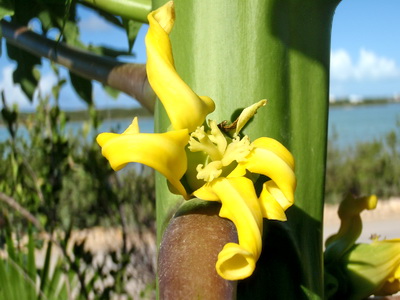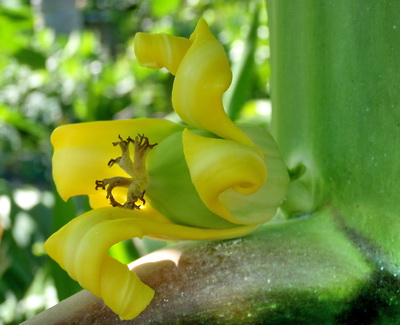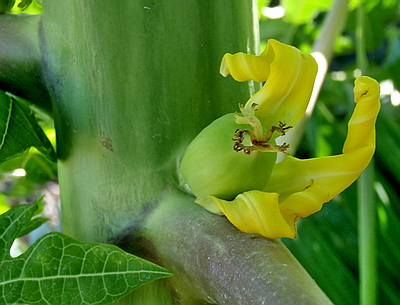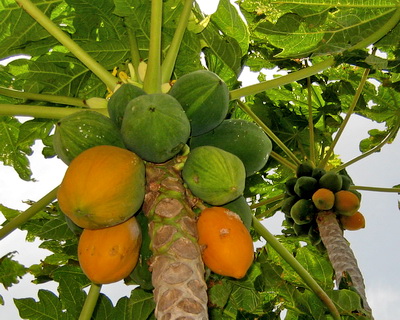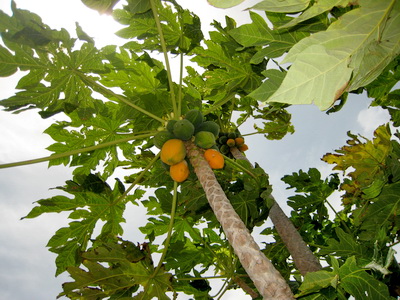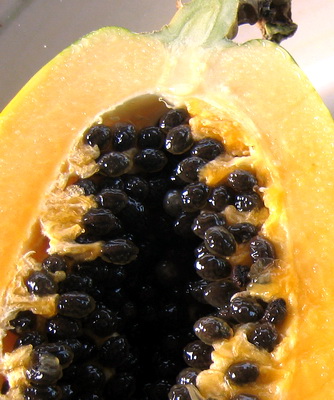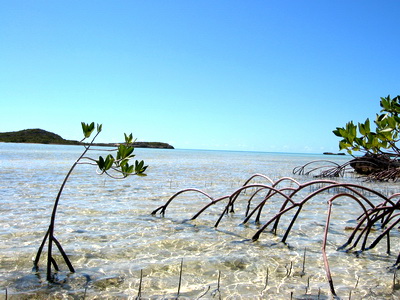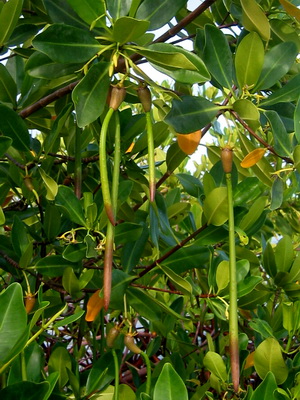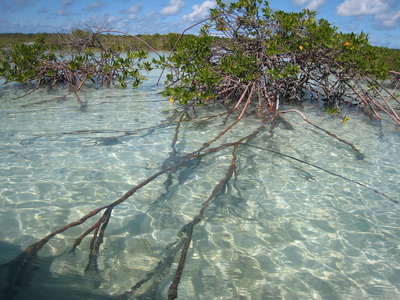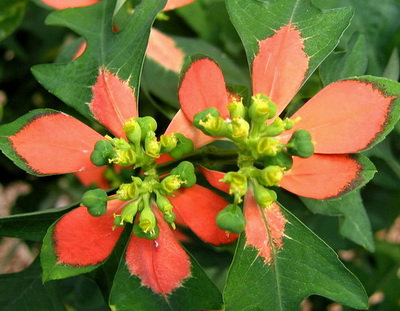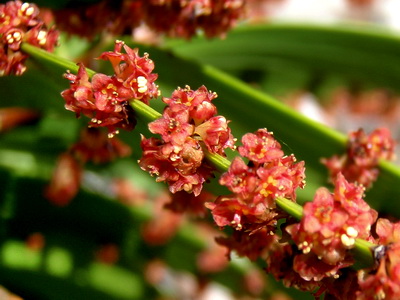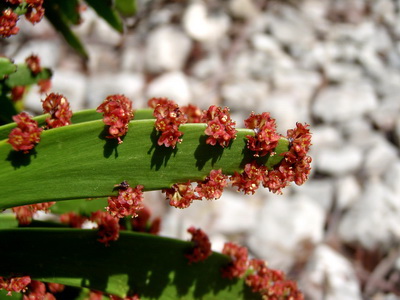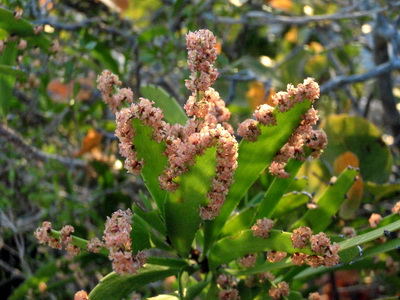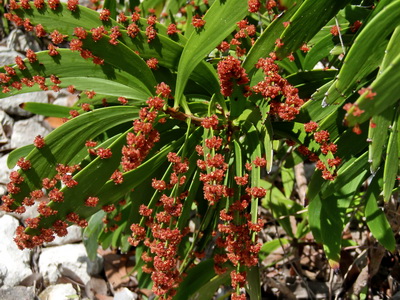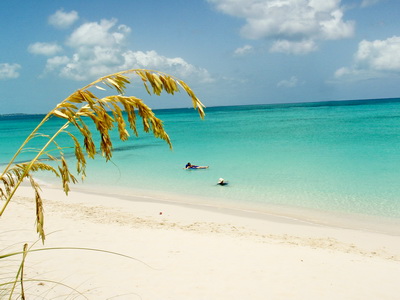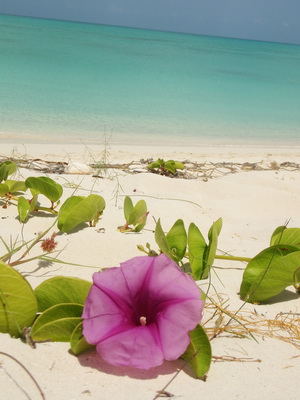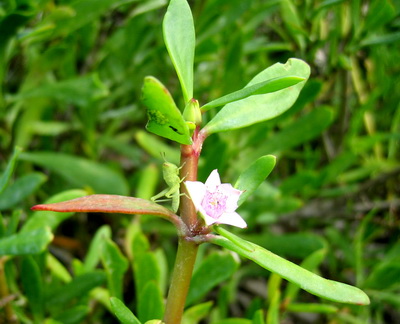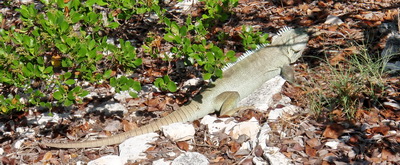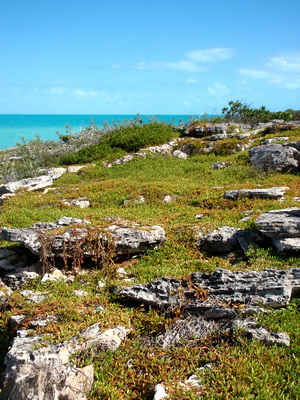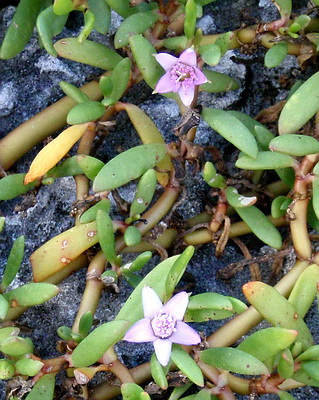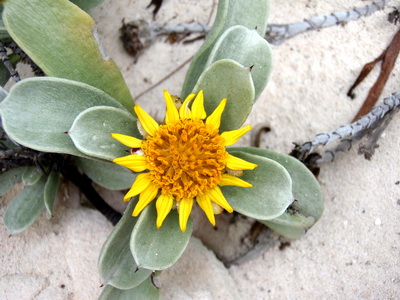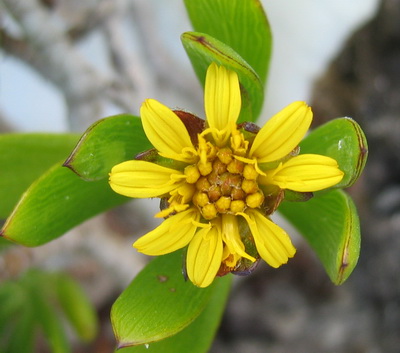All of a sudden after the heavy rains recently, my Lignum Vitae tree has burst into bloom. I then started seeing these beautiful trees in the bush on a recent trip to the grocery store.
The Lignum Vitae is also known as the “tree of life” and ironwood because the wood is incredibly hard and is so dense that it does not float. It is found throughout the Bahamas and in the Turks and Caicos Islands.
The Lignum Vitae had medicinal value and was considered the penicillin of the time. The bark was used as a cathartic, the fruit as a vegetable and the flowers as a laxative. In the Turks and Caicos Islands, the resin (locally called rosin) was collected for boiling in water to make a tea to treat muscle and back strains, particularly for men with lower back problems. Another use was to collect branches several inches in diameter which were honed down into heavy, smooth batons called “conch bruisers”. These were used to tenderise conch before cooking.

Teas prepared from all parts of the lignum tree were used for everything...to treat boils and swollen glands, fevers, aches and pains.

The ‘wood of life’ apparently derives from the tree’s medicinal qualities rather than any physical prowess.
Beautiful by nature, the lignum vitae has an honoured place in these islands. Take a look as you travel our roads and you will see a blue-purple haze on certain trees. The tree of life, Guaiacum sanctum or Lignum Vitae is spectacular when it is in bloom.
Marta
http://www.harbourclubvillas.com





